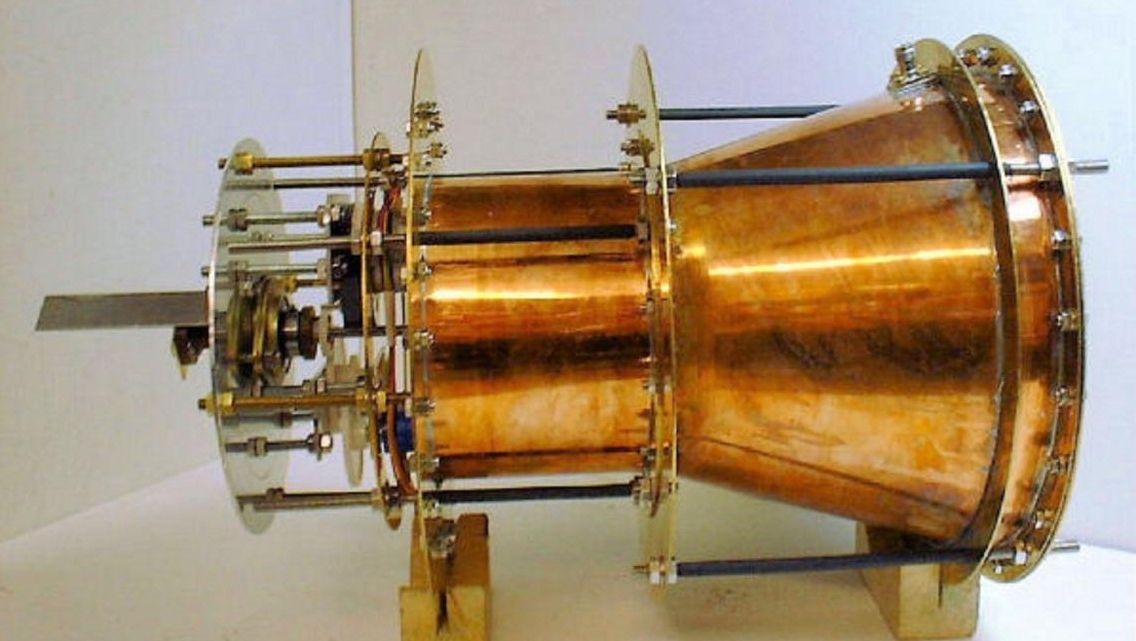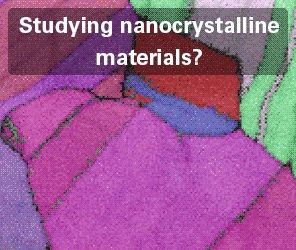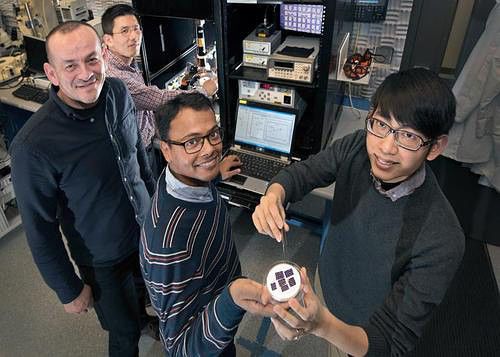Page 11198
Apr 20, 2016
Bioquark Inc. and Revita Life Sciences Receive IRB Approval for First-In-Human Brain Death Study
Posted by Ira S. Pastor in categories: aging, bioengineering, biological, biotech/medical, cryonics, disruptive technology, futurism, health, life extension, neuroscience
Bioquark, Inc., (http://www.bioquark.com) a company focused on the development of novel biologics for complex regeneration and disease reversion, and Revita Life Sciences, (http://revitalife.co.in) a biotechnology company focused on translational therapeutic applications of autologous stem cells, have announced that they have received IRB approval for a study focusing on a novel combinatorial approach to clinical intervention in the state of brain death in humans.
This first trial, within the portfolio of Bioquark’s Reanima Project (http://www.reanima.tech) is entitled “Non-randomized, Open-labeled, Interventional, Single Group, Proof of Concept Study With Multi-modality Approach in Cases of Brain Death Due to Traumatic Brain Injury Having Diffuse Axonal Injury” (https://clinicaltrials.gov/ct2/show/NCT02742857?term=bioquark&rank=1), will enroll an initial 20 subjects, and be conducted at Anupam Hospital in Rudrapur, Uttarakhand India.
Tags: aging, anti-aging, biological, biotech, biotechnology, brain death, cryonics, Death, evolution of brain, future, God, humanity, Immortal Life, immortality, Life extension, longevity, Neural Stem Cells, Neurology, neuropharmacology, Neuroregeneration, Neuroscience, posthumanism, Radical Life Extension, reanimation, rejuvenation, Religion, research, resurrection, singularity, technology, transhumanism
Apr 20, 2016
Our Sun May Have Eaten A Super Earth For Breakfast
Posted by Sean Brazell in category: space

That’s fine with me…
As long as it doesn’t plan on having us for desert. (not until it turns red, gets fat, and burns our planet alive, at least)
Continue reading “Our Sun May Have Eaten A Super Earth For Breakfast” »
Apr 20, 2016
Team builds first quantum cascade laser on silicon
Posted by Karen Hurst in categories: computing, quantum physics
Very nice; Silicon based Quantum Laser has been achieved. Imagine what this does for ISPs and other communications. smile
A team of researchers from across the country, led by Alexander Spott, University of California, Santa Barbara, USA, have built the first quantum cascade laser on silicon. The advance may have applications that span from chemical bond spectroscopy and gas sensing, to astronomy and free-space communications.
Integrating lasers directly on silicon chips is challenging, but it is much more efficient and compact than coupling external laser light to the chips. The indirect bandgap of silicon makes it difficult to build a laser out of silicon, but diode lasers can be built with III-V materials such as InP or GaAs. By directly bonding an III-V layer on top of the silicon wafer and then using the III-V layers to generate gain for the laser, this same group has integrated a multiple quantum well laser on silicon that operates at 2 µm. Limitations in diode lasers prevent going to longer wavelengths where there are many more applications, so the group turned their attention to using quantum cascade lasers instead.
Continue reading “Team builds first quantum cascade laser on silicon” »
Apr 20, 2016
Physicists came up with a simple way you can outperform supercomputers at quantum physics
Posted by Karen Hurst in categories: quantum physics, supercomputing
Apr 20, 2016
Zip software can detect the quantum-classical boundary (w/video)
Posted by Karen Hurst in categories: computing, quantum physics
Quantum physics has a reputation for being mysterious and mathematically challenging. That makes it all the more surprising that a new technique to detect quantum behaviour relies on a familiar tool: a “zip” program you might have installed on your computer.
“We found a new way to see a difference between the quantum universe and a classical one, using nothing more complex than a compression program,” says Dagomir Kaszlikowski, a Principal Investigator at the Centre for Quantum Technologies (CQT).
Dag worked with other researchers from CQT and collaborators at the Jagiellonian University and Adam Mickiewicz University in Poland to show that compression software, applied to experimental data, can reveal when a system crosses the boundary of our classical picture of the Universe into the quantum realm. The work is published in the March issue of New Journal of Physics (“Probing the quantum–classical boundary with compression software”).
Continue reading “Zip software can detect the quantum-classical boundary (w/video)” »
Apr 20, 2016
Quantum dots amplifies solar cell output
Posted by Karen Hurst in categories: quantum physics, solar power, sustainability
The researchers call their material a hybrid because they dope the electrical conductivity of layered tin disulfide semiconductor with the light harvesting of different spectrums of light from various sized quantum dots.
Apr 20, 2016
These graphene-based nanobots can suck pollutants from our oceans in under an hour
Posted by Shailesh Prasad in categories: food, nanotechnology, robotics/AI
Swarms of graphene-coated nanobots could be our best hope yet of cleaning up the murky oceans, with scientists demonstrating that new microscopic underwater warriors can remove up to 95 percent of lead in wastewater in just 1 hour.
The invention couldn’t have come at a better time, with ocean pollution at an all-time high, much of it stemming from industrial activities such as electronics manufacturing. By 2050, it’s estimated that there will be more plastic than fish in the world’s oceans, and waste metals such as lead, arsenic, mercury, cadmium, and chromium are affecting the delicate ecological balance that will make things very difficult for any animal that relies on it for food — including humans — in the near future.
Developed by an international team of researchers, the newly developed nanobots have three key components: a graphene oxide exterior to absorb lead (or another heavy metal); a nickel core that enables researchers to control the nanobots’ movement via a magnetic field; and an inner platinum coating that functions as an engine and propels the bots forward via a chemical reaction with hydrogen peroxide.
Apr 20, 2016
This Chinese company just leap-frogged Tesla in the autonomous electric car race
Posted by Shailesh Prasad in categories: robotics/AI, sustainability, transportation
Tesla may have been playing with autonomous cars for a while, but this Chinese company has taken it to the next level with this whopper.
Apr 20, 2016
Ray Kurzweil Predicts Three Technologies Will Define Our Future
Posted by Klaus Baldauf in categories: computing, habitats, Ray Kurzweil, singularity
The pace of progress in computers has been accelerating, and today, computers and networks are in nearly every industry and home across the world.
Many observers first noticed this acceleration with the advent of modern microchips, but as Ray Kurzweil wrote in his book The Singularity Is Near, we can find a number of eerily similar trends in other areas too.
According to Kurzweil’s law of accelerating returns, technological progress is moving ahead at an exponential rate, especially in information technologies.
Continue reading “Ray Kurzweil Predicts Three Technologies Will Define Our Future” »

















